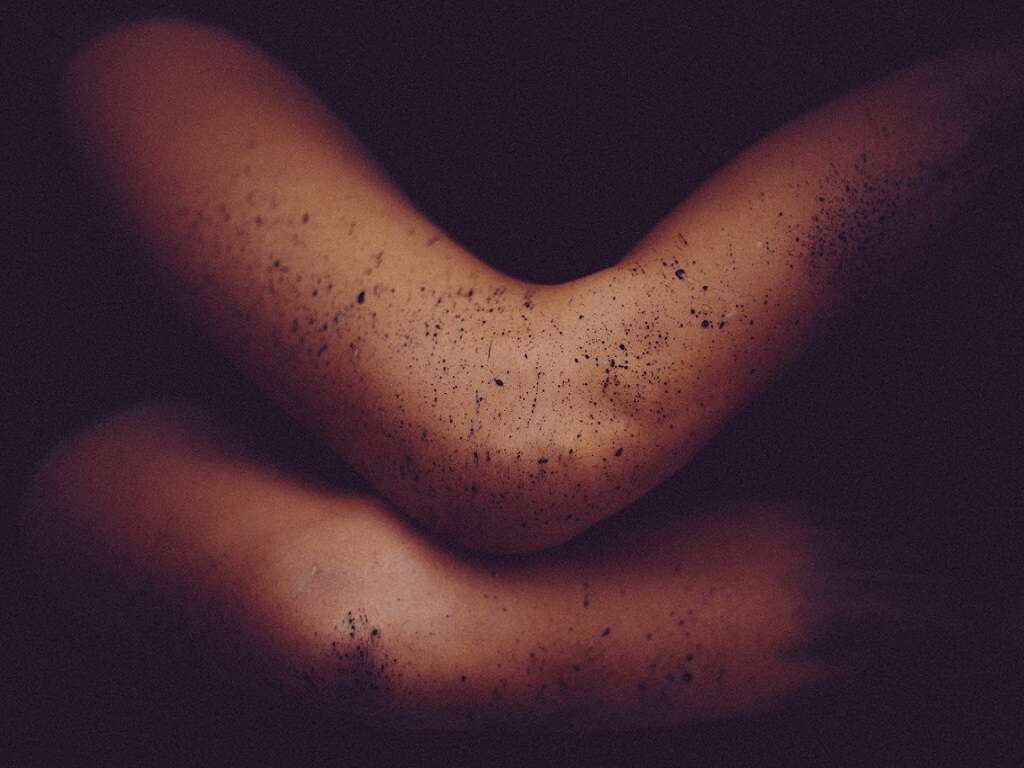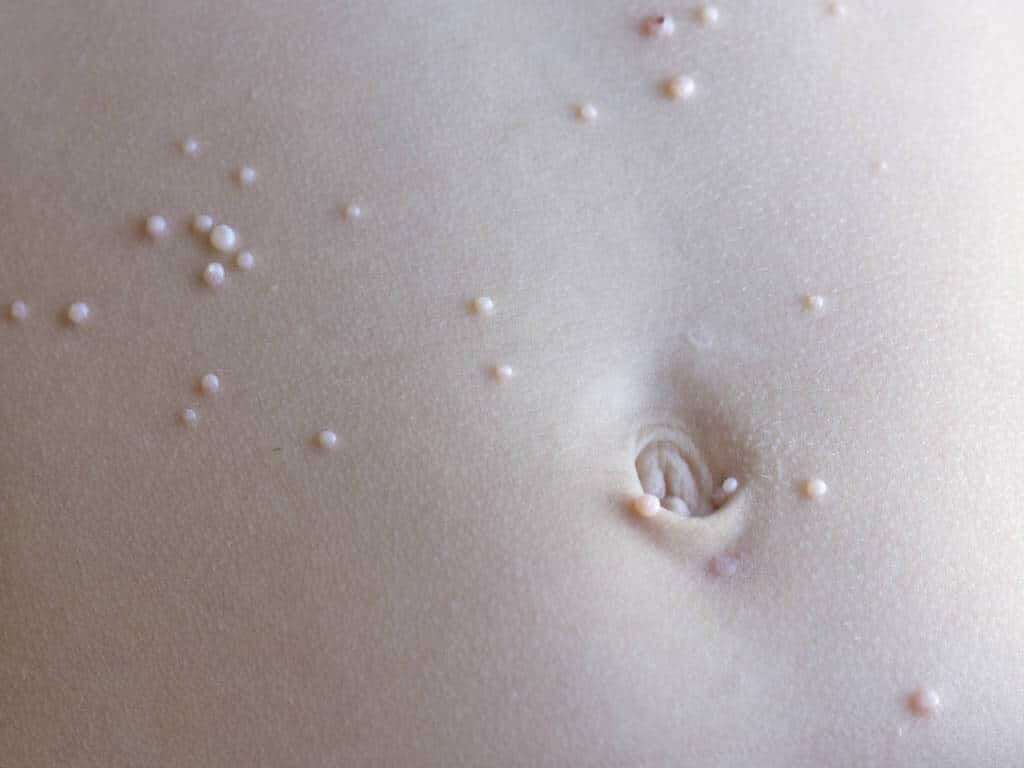Keratosis Pilaris Symptoms, Causes and More
 Article Sources
Article Sources
- 1. 'Keratosis Pilaris.' Nidirect, 12 Nov. 2019, www.nidirect.gov.uk/conditions/keratosis-pilaris
- 2. Admin. 'Gluten Causes Keratosis Pilaris(A.k.a. ‘Chicken Skin’): Fact or Myth?' Celiac Community Foundation of Northern California, 18 Feb. 2017, celiaccommunity.org/2016/gluten-keratosis-chicken-skin
- 3. 'Keratosis Pilaris.' Nidirect, 12 Nov. 2019, www.nidirect.gov.uk/conditions/keratosis-pilaris
Keratosis Pilaris is a common skin condition that affects children, adolescents and adults. It's a harmless rash-like condition affecting 40 percent of the U.S. population and is characterized by rough pimply bumps that appear in patches. Keratosis pilaris can be uncomfortable and unattractive, so many people seek medical advice for cosmetic reasons.
Otherwise known as chicken skin, keratosis pilaris is linked to inflammatory conditions, such as asthma, eczema and hay fever. Most people don't require medical attention and can manage the condition with appropriate self-care at home. This condition can disappear over time, especially when young children and adolescents reach adulthood.
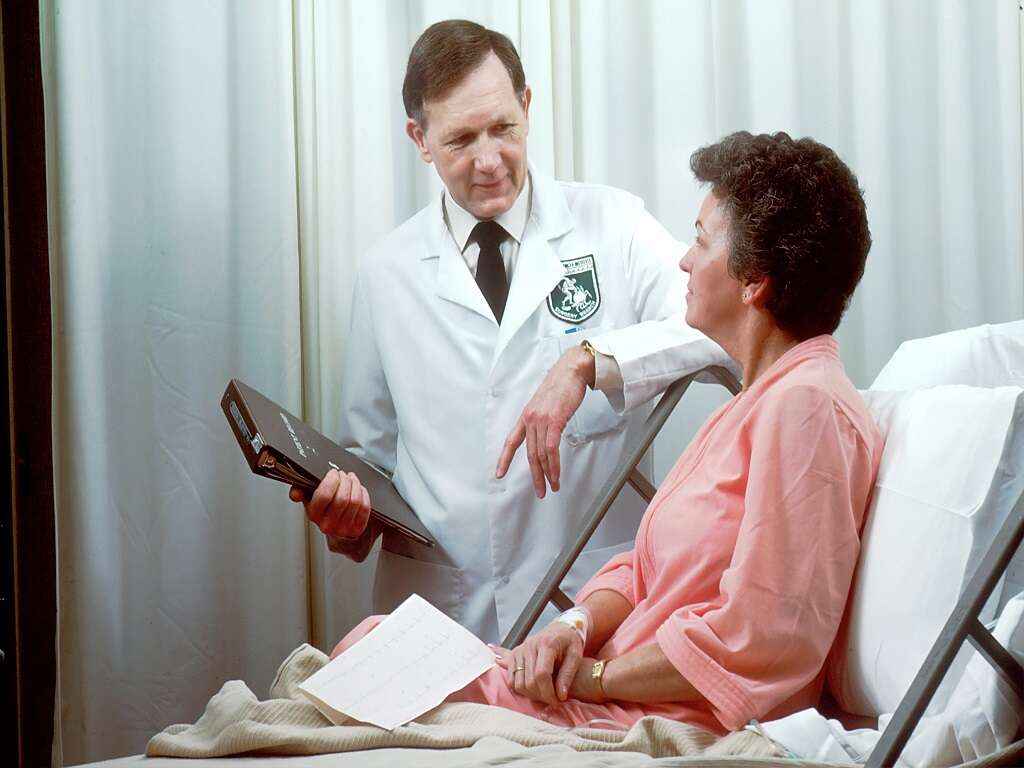
Symptoms of Keratosis Pilaris
Keratosis Pilaris normally appears on the back of the arms, upper thighs, cheeks and buttocks. The condition is characterized by small sandpaper-like bumps resembling whiteheads or pimples. The bumps resemble goose bumps and frequently appear in patches surrounded by redness and irritated skin.1‘Keratosis Pilaris.’ Nidirect, 12 Nov. 2019, www.nidirect.gov.uk/conditions/keratosis-pilaris
Keratosis pilaris can be mistaken for acne, but the condition is quite different. The tiny bumps are dead skin cells clogging hair follicles and generally don't hurt. Occasionally the bumps might itch, but that's normally from the dry skin, rather than keratosis pilaris itself. The symptoms of keratosis pilaris tend to worsen during the dry winter season when there's low humidity.
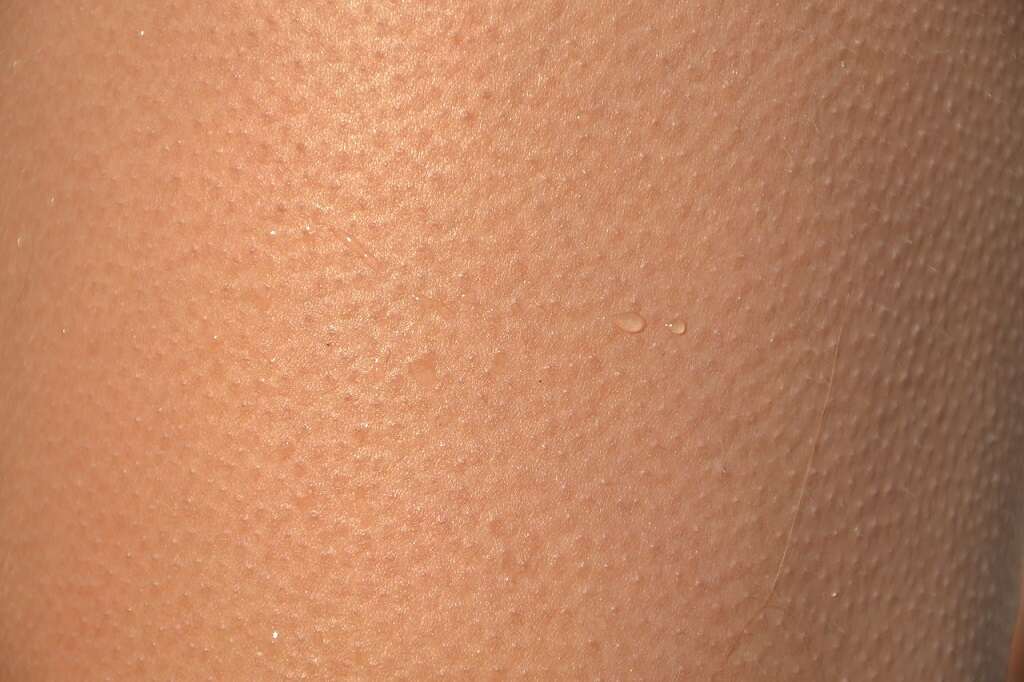
Is Keratosis Pilaris Dangerous?
Keratosis Pilaris isn't dangerous and is considered a harmless skin issue. Unfortunately, the dry skin around the patch of raised bumps can be uncomfortable, which might lead to scratching.
If the skin around the patch of keratosis pilaris becomes itchy and is scratched open, it could lead to skin infections. It can be quite tempting to squeeze the pimple-like bumps, but this can also lead to infections and skin inflammation.
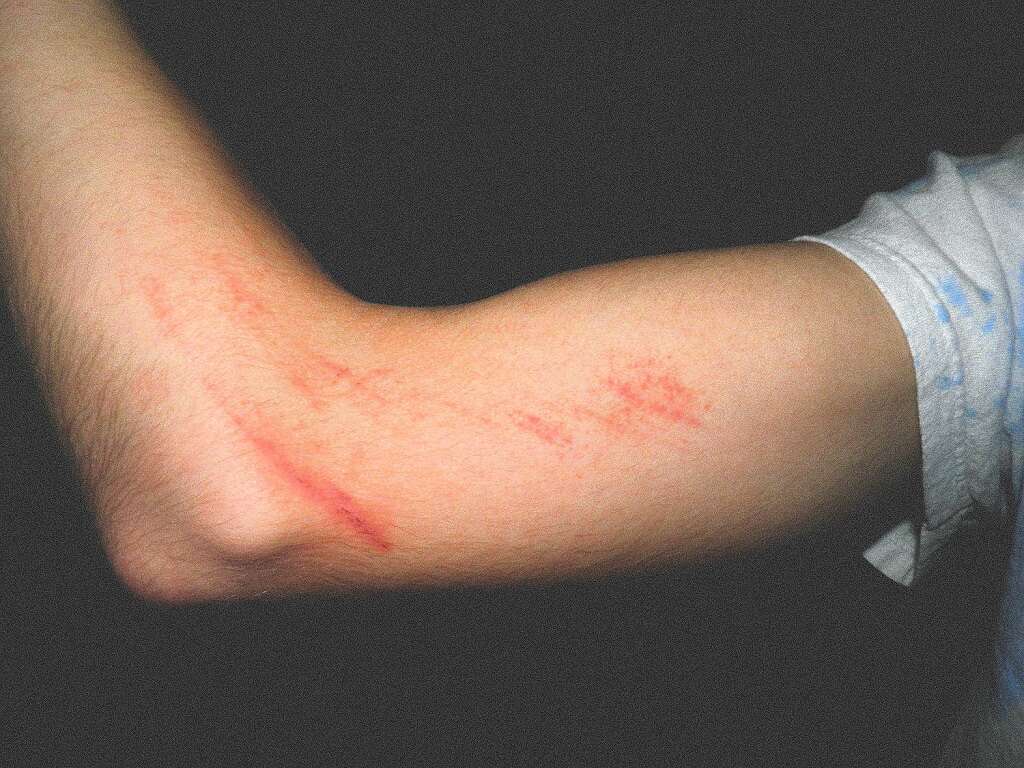
Can Keratosis Pilaris Cause Cancer?
Keratosis Pilaris is a benign skin condition that is unsightly and uncomfortable but doesn't appear to increase the risk of cancer. An eruption of keratosis pilaris bumps has a few characteristics that differentiate it from skin conditions that are potentially cancerous.
It's important to consult a dermatologist or physician to properly diagnose the issue. Some people might mistake the precancerous condition called actinic keratosis for keratosis pilaris. The precancerous skin condition is different because it's marked by small scaly patches and not little raised bumps.
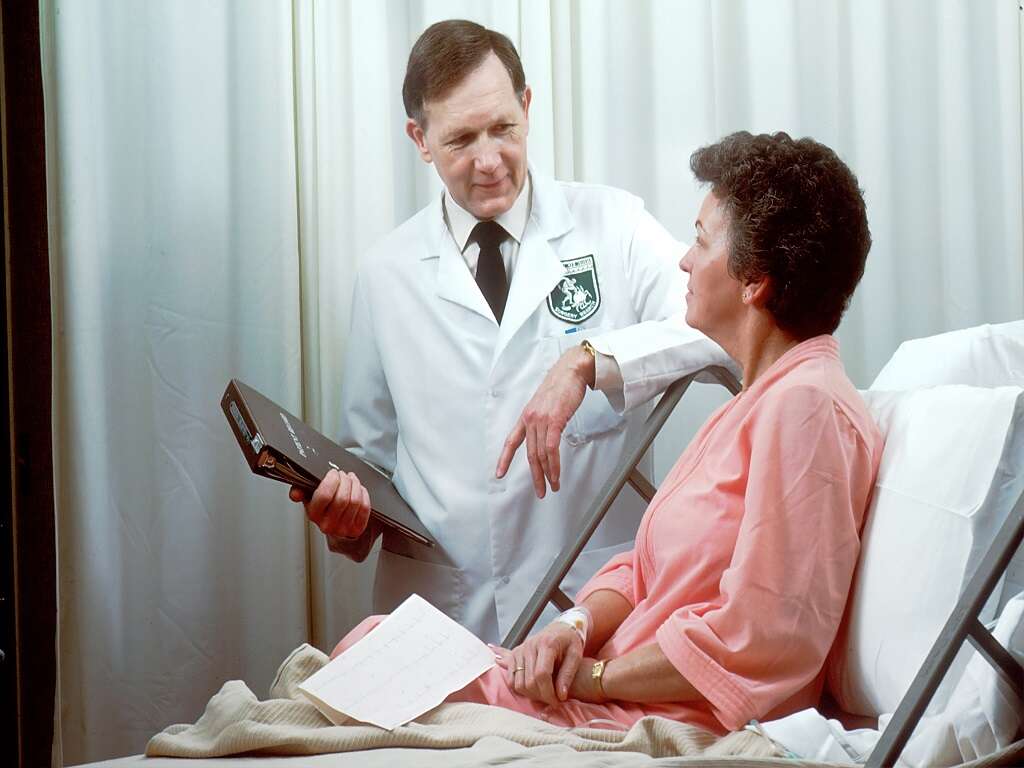
Causes of Keratosis Pilaris
A buildup of keratin in the body is believed to be the main cause of keratosis pilaris. Keratin blocks the pores and causes irregular bumps in various regions of the body. The excess of keratin is believed to be an inherited genetic condition.
Keratosis pilaris frequently occurs in people with eczema, asthma, dry skin and hay fever. Studies also indicate that a lack of vitamins A and C, essential fatty acids and vitamin B2 may cause keratosis pilaris.

Does Gluten Cause Keratosis Pilaris?
According to studies, there's no direct link between gluten and keratosis pilaris. However, some people with the condition who are gluten intolerant find that cutting out gluten can help curb flare-ups.
People with celiac disease or gluten sensitivity frequently experience nutrient deficiencies from poor absorption in the gastrointestinal tract. If the body can't absorb the vitamins believed to cause keratosis pilaris, namely vitamin A and fatty acids, theoretically, it could cause the condition.

Home Management
There's no cure for keratosis pilaris, but mild cases can be managed effectively. Dry skin makes the condition worse, so hydrating the skin could help prevent that.2Admin. ‘Gluten Causes Keratosis Pilaris(A.k.a. ‘Chicken Skin’): Fact or Myth?’ Celiac Community Foundation of Northern California, 18 Feb. 2017, celiaccommunity.org/2016/gluten-keratosis-chicken-skin
Exfoliating the skin and then applying a cream with 10 percent urea and lactic acid could help. Individuals can make a good at-home exfoliating mixture using equal parts of water and apple cider vinegar. Supplementing the diet with omega-3 fatty acids or fish oil also seems to help some individuals.
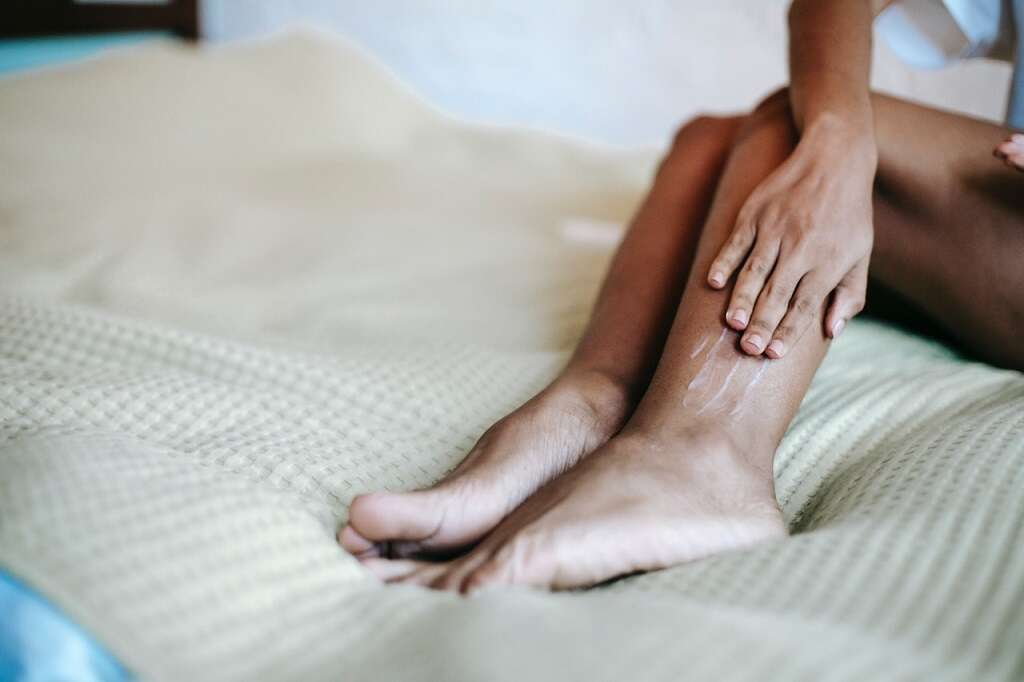
Medical Care
Medical care is necessary for severe keratosis pilaris cases. There are numerous dermatological options available that are effective in managing bad cases. They range from steroid creams to specifically designed chemically formulated creams.2Admin. ‘Gluten Causes Keratosis Pilaris(A.k.a. ‘Chicken Skin’): Fact or Myth?’ Celiac Community Foundation of Northern California, 18 Feb. 2017, celiaccommunity.org/2016/gluten-keratosis-chicken-skin
There are many people with keratosis pilaris who have laser therapy and dermabrasion, which has proven to be an effective option. Upping the intake of the correct vitamins could also help keep keratosis pilaris at bay.

Lifestyle Tips
There are a few lifestyle changes that can help people manage keratosis pilaris breakouts. Diet, moisturizing daily, getting enough sleep and using a humidifier can reduce the severity and frequency of outbreaks.
Keratosis Pilaris is inflammatory in nature, so following an anti-inflammatory diet, such as the Mediterranean diet, might help. An anti-inflammatory diet includes foods, such as olive oil, tomatoes, leafy greens, berries and fatty fish. It's advisable to use sunscreen and moisturize after sun exposure, which can dry out the skin.

Who Is at Risk?
Keratosis pilaris is prevalent in children and adolescents who are genetically predisposed to skin conditions. The condition is noncontagious and normally disappears as adulthood approaches. Children with keratosis pilaris might have small bumps and reddish complexions.
Adults who have a history of dry skin and dermatitis are also at risk of developing keratosis pilaris. The skin condition is temporary, and adults can go through periods of time with no symptoms. Women are more at risk of developing the condition than men.

Similar Conditions
Acne and psoriasis can be mistaken for keratosis pilaris, but dermatologists are well trained and can spot the difference. Lichen spinulosus is a benign condition characterized by bumps, but they appear in patches of stippled papules.3‘Keratosis Pilaris.’ Nidirect, 12 Nov. 2019, www.nidirect.gov.uk/conditions/keratosis-pilaris It's considered a variant of keratosis pilaris.
Psoriasis is a common skin condition caused by a build-up of skin cells. The inflamed patches look similar to keratosis pilaris, but they're normally more scaly. Because keratosis pilaris bumps look like small whiteheads, a cluster of them can resemble acne.



